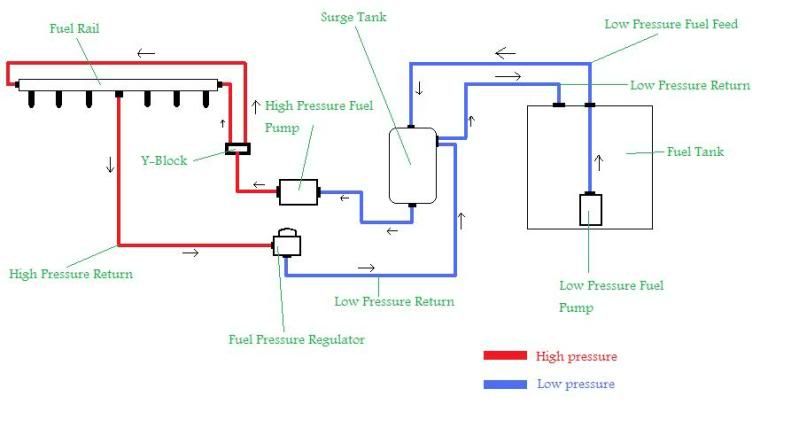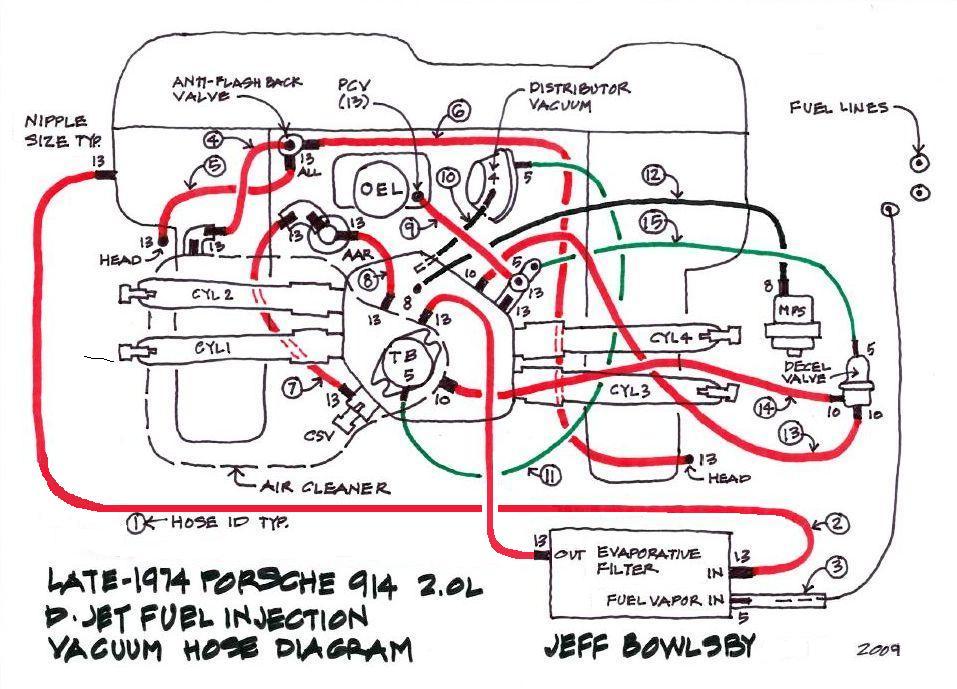Msell66 is prolly right.
Navigation
Install the app
How to install the app on iOS
Follow along with the video below to see how to install our site as a web app on your home screen.

Note: This feature currently requires accessing the site using the built-in Safari browser.
More options
-
Hello there guest and Welcome to The #1 Classic Mustang forum!
To gain full access you must Register. Registration is free and it takes only a few moments to complete.
Already a member? Login here then!
You are using an out of date browser. It may not display this or other websites correctly.
You should upgrade or use an alternative browser.
You should upgrade or use an alternative browser.
FiTech (EFI) and Venting
- Thread starter Horseplay
- Start date
Msell66 is prolly right.
Look out Mid, prolly a package headed your way from Chit-cago.
B67FSTB
The NorCal dude from Belgium
Doesn't the vent line need to be connected to a kind of charcoalcanister ??
tarafied1
Well-Known Member
Doesn't the vent line need to be connected to a kind of charcoalcanister ??
Prolly
Sent from my iPhone using Tapatalk
tarafied1
Well-Known Member
Doesn't the vent line need to be connected to a kind of charcoalcanister ??
I actually don't know the answer. Just wanted to mess with Terry cuz he doesn't have enough to do!
You see I used another fake word too!
Couldn't help myself.
Sent from my iPhone using Tapatalk
B67FSTB
The NorCal dude from Belgium

COULD THIS BEEN HELPFULL ??
Mach1 Driver
Well-Known Member
There is no requirement that I am aware of for the addition of a charcoal canister to a 50 year old car, even if it is modified.
I'll tell you what I (prolly, sort of, kinda) intend to do after much research:
1. I will be using a Tanks Inc EFI tank that has AN fittings for the supply and return lines, and a 5/16" barbed fitting for the vent.
2. I will use a short section of hose with clamps on each end and connect to a 3/8 steel line, with a AN6 on the end to connect to a vent valve.
3. Tanks Inc sells a funky little Rollover Vent Valve, but because of its design it makes proper installation on our cars a problem- I just don't like it. Instead I will be using a Newton TPV6 Tank Vent Valve. They suggest the vent line runs up near the top of the car in case of a roll-over. I don't know if I would get that extreme but I suppose it could be run up the B pillar under the upholstery panel, loop and come back down. I know one guy that made the loop at the rear end near the trunk lock, and back down.
4. To prevent bugs from climbing up the vent line and blocking it, use a Sintered Filter and Bulkhead Fitting from IIMuch, also a AN6 fitting.
Whatever you decide, please show pictures.
I'll tell you what I (prolly, sort of, kinda) intend to do after much research:
1. I will be using a Tanks Inc EFI tank that has AN fittings for the supply and return lines, and a 5/16" barbed fitting for the vent.
2. I will use a short section of hose with clamps on each end and connect to a 3/8 steel line, with a AN6 on the end to connect to a vent valve.
3. Tanks Inc sells a funky little Rollover Vent Valve, but because of its design it makes proper installation on our cars a problem- I just don't like it. Instead I will be using a Newton TPV6 Tank Vent Valve. They suggest the vent line runs up near the top of the car in case of a roll-over. I don't know if I would get that extreme but I suppose it could be run up the B pillar under the upholstery panel, loop and come back down. I know one guy that made the loop at the rear end near the trunk lock, and back down.
4. To prevent bugs from climbing up the vent line and blocking it, use a Sintered Filter and Bulkhead Fitting from IIMuch, also a AN6 fitting.
Whatever you decide, please show pictures.
tarafied1
Well-Known Member
I think if I go EFI that I will make a metal line all the way back to the tank. I know NHRA doesn't like you to use very much rubber line in the fuel system, probably for this reason.On FiTech face book group somebody posted there vent line cracked and sprayed on headers...he lost his truck
And here all this time I was waiting to read a post that ranted about EFI and the poster wanted to vent his spleen a bit...
*sigh* when am I ever going to learn?
*sigh* when am I ever going to learn?
I didn't think the vent line had that much fuel going through it. Scary thought.On FiTech face book group somebody posted there vent line cracked and sprayed on headers...he lost his truck
Larry, are you talking about a return or a vent line? Big difference obviously.I have mine vented into the filler neck. Have found after shutting off and sitting for 10 mins or so opening gas cap and seeing fuel spitting out into the filler neck
I wanted to make this clear for anyone who might come along and find this thread and use it for info on their own project. There are two different set-ups with the FiTech units. Mine is not using the Fuel Command Center (FCC) but rather a return system with an in-tank electric pump set-up. Yours, like a couple others here used the FCC thingy so you could use the "normal" mechanical or carb style (pressure) inline electric pump. You are talking about the vent line from the FCC. My thread here is about a tank vent set-up, different animal but similar in function. With my set-up there is both a fuel feed line and a return line along with the tank vent. Both set-ups require venting but given the comparative pressures, purposes, etc. both vent requirements/functions are quite different. In your set-up, it is dealing with typically just 5-7 psi and in mine the pressure is much higher (feed is regulated at 58 psi) and there is constant fuel return creating fuel to air volume displacement in the tank that has to be accommodated.It's called a vent line, but if the temp in the Command Center rises it will spit fuel out.
It can also be an overflow line if the needle and seat sit in the CC.
It's not a return line as such but at times it could be
turq66
Well-Known Member
A charcoal canister may not be required, but it can be helpful in keeping the smell of gas fumes out of the cockpit.
Here you go, this should clear it up for you...

Here you go, this should clear it up for you...

